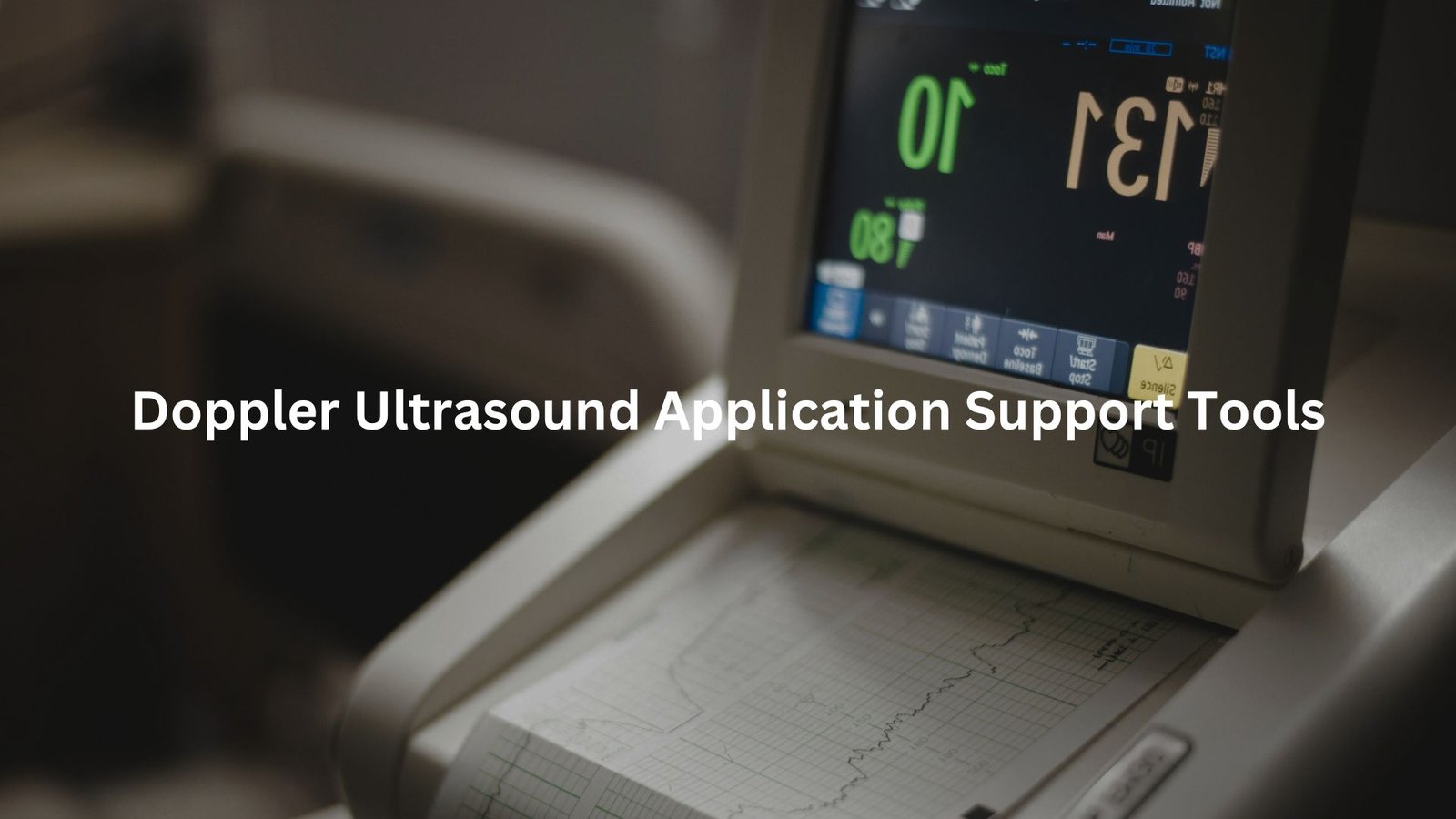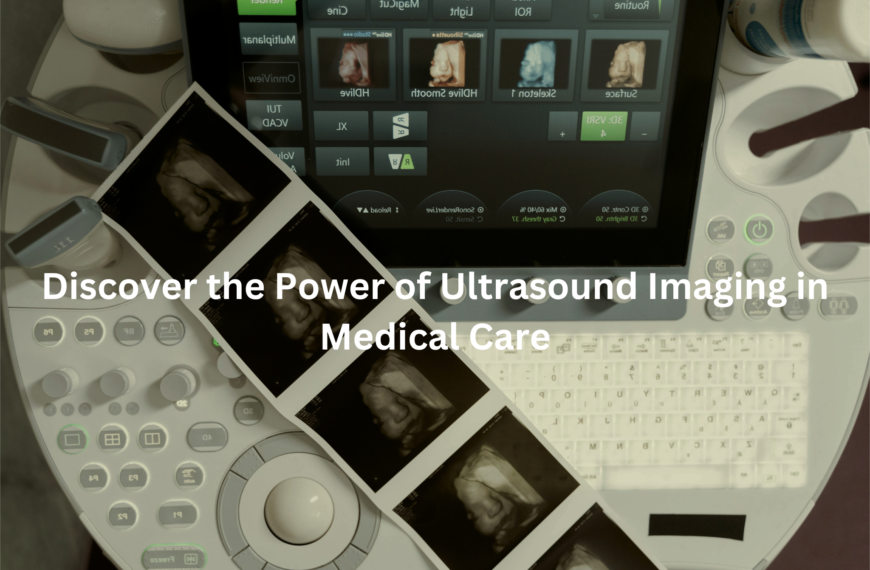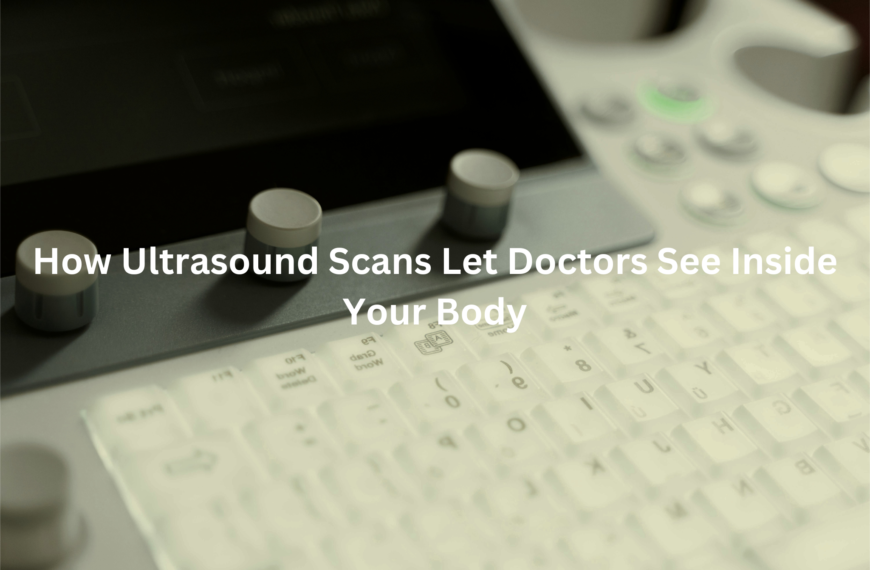Doppler applications are important in medicine. This article explains how Doppler ultrasound helps doctors understand blood flow and keep patients healthy.
Doppler applications are pretty cool! The first time someone saw a Doppler ultrasound machine was at a hospital where they volunteered. The doctor was using sound waves to observe how blood was flowing in a patient’s body. It seemed almost magical. The idea that sound could help doctors check on a person’s health was something they hadn’t known before.
It’s fascinating to see how this technology works, and it really shows why Doppler ultrasound is so important in medicine. It’s likely others will find it just as intriguing.
Key Takeaway
- Doppler ultrasound helps doctors see how blood moves in our bodies.
- It is a safe way to check for health problems without any needles or cuts.
- This technology is used for many things, like checking hearts and babies.
Understanding Doppler Ultrasound
Doppler ultrasound is a pretty fascinating tool that uses sound waves to look inside the body and measure how blood flows. It’s almost like having a special pair of glasses that let you see blood moving through vessels without needing to do any cutting or needling. This non-invasive method means there’s no pain involved, and it’s safe for everyone.
The sound waves bounce off blood cells, creating a picture of blood flow that doctors can use to detect problems like blood clots or narrowing of arteries. It can even help them monitor how well blood is flowing in organs like the heart, liver, or kidneys.
With Doppler ultrasound, doctors have a pretty effective way to check on people’s health without causing any harm. It’s amazing what doctors can do with a tool that uses something as simple as sound waves. (1)
Cardiovascular Assessment with Doppler
Doppler ultrasound is key when it comes to checking the heart and making sure everything is working like it should. One of its most important jobs is to evaluate how well the heart valves are working. These valves are like gates that help blood flow in the right direction, and if they get weak or clogged, problems can happen. Doctors can use Doppler ultrasound to spot any heart valve diseases.
The tool lets them see in real-time how blood is flowing through the heart, and whether there’s any restriction or leakage that could lead to more serious issues like heart failure or stroke. It’s like giving the heart a check-up to make sure everything’s running smoothly. With early detection, doctors can step in early and offer treatment to avoid any major health concerns.
Blood Flow Measurement
The Doppler ultrasound is particularly brilliant when it comes to measuring blood flow. This is vital for diagnosing a number of conditions where blood vessels may be too narrow or blocked. For instance, if a person has arteriosclerosis, or narrowing arteries, the Doppler ultrasound can pinpoint exactly where the blockage or narrowing (called stenosis) is.
This is extremely important, as restricted blood flow can lead to complications like heart attacks or strokes. It’s also used to detect blood clots, like those seen in Deep Vein Thrombosis (DVT). These clots can block veins and stop blood from flowing, which is dangerous and can lead to serious health risks if not treated quickly.
Doppler ultrasound measures the speed and direction of blood flow, helping doctors understand how well the heart and blood vessels are working together. By checking the flow in the arteries, doctors can prevent future health problems and improve the patient’s quality of life.
Transcranial Doppler
Transcranial Doppler is an incredible application of the Doppler ultrasound, and it focuses on the brain. This tool is used to monitor blood flow in the arteries of the brain. For people with a history of strokes or even those at risk for strokes, it’s an essential part of monitoring their health. The test looks at how well blood is flowing to the brain, helping doctors predict whether someone is at higher risk for a stroke.
It’s especially useful in tracking patients who’ve had transient ischemic attacks (TIAs), often called “mini-strokes.” The Transcranial Doppler provides valuable information that helps doctors assess whether the brain’s blood flow is at a healthy level or if something needs to be done to reduce the stroke risk. It’s amazing how this method can be used to safeguard brain health and make critical decisions about stroke prevention. (2)
Vascular Health Monitoring
Doppler ultrasound is an excellent tool when it comes to assessing vascular health, especially the health of veins. Some people have conditions like chronic venous insufficiency or varicose veins, where the veins in the legs aren’t functioning properly. This can lead to issues like swelling, pain, and even more serious complications if left untreated.
Using Doppler ultrasound, doctors can see if the valves in these veins are working properly. It’s important to check if the blood is flowing in the right direction (antegrade flow) and isn’t backing up (retrograde flow) due to faulty valves. If doctors find blockages, they can address them quickly before they cause bigger problems. It’s impressive how Doppler ultrasound can help diagnose and monitor these common but often overlooked vascular conditions.
Post-Surgical Monitoring
After someone has surgery, it’s crucial to check that their body is healing properly, and that’s where Doppler ultrasound comes in. For example, after vascular surgeries like bypass grafts, doctors can use Doppler ultrasound to monitor the blood flow in the areas that were operated on. The ultrasound helps doctors see if the grafts are still working properly and if the blood is flowing as it should.
This is especially important because it helps prevent complications that could occur if blood flow is obstructed in the new grafts. The technology helps give doctors the real-time information they need to make sure everything is healing well, without causing any harm to the patient. Doppler ultrasound can be used to monitor the effectiveness of surgeries, which ensures that patients have the best chance at a full recovery.
Abdominal Applications

Doppler ultrasound isn’t just for the heart or legs; it can also be used to check blood flow in the abdomen. This application is vital for assessing organs like the liver, kidneys, and even the aorta. For example, it can help doctors detect an abdominal aortic aneurysm, which is a bulge in the artery that can be life-threatening if it ruptures.
Doppler ultrasound helps doctors assess how well blood is reaching different organs in the abdomen, and whether there are any blockages or irregularities in the arteries. It’s especially useful for identifying any vascular issues that could lead to organ damage or other health problems. This non-invasive tool gives doctors a way to see what’s happening inside without resorting to surgery, which is both safer and more efficient for patients. (3)
Fetal Monitoring
In pregnancy, Doppler ultrasound plays a huge role in monitoring the baby’s health. Doctors use it to check the blood flow to and from the fetus. This is especially important for high-risk pregnancies, where doctors need to keep a close eye on both the mother and the baby.
The ultrasound can detect issues like poor blood flow from the placenta to the baby, which could affect the baby’s growth and development. It helps doctors make decisions about the best course of action to keep both the baby and the mother safe. It’s really impressive how this tool helps ensure the health of both mother and baby throughout pregnancy.
Tumor Evaluation
Doctors can also use Doppler ultrasound to check for tumors, especially when it comes to blood flow to these growths. Tumors need blood to grow, so looking at how much blood is flowing to a tumour can help doctors figure out whether it’s benign or malignant. By checking the blood flow, doctors get an important clue about the nature of the tumour and can decide what the best treatment options are.
It’s like using Doppler ultrasound as a tool for a medical detective case, helping doctors uncover more information about how to treat their patients effectively. It’s incredible how this tool is used in so many ways, from looking at hearts to looking for cancer!
Musculoskeletal Applications
Doppler ultrasound is not just useful for blood vessels and organs; it also helps doctors check on musculoskeletal injuries. If someone injures their arm or leg, it’s important for doctors to make sure blood is flowing well to the injured area. If the blood flow is reduced, it can slow down healing, making it harder for the body to recover. Doppler ultrasound helps doctors check the blood supply to the injury, ensuring it’s adequate for proper healing.
This is especially important for sports injuries, where timely treatment can make all the difference in how quickly someone gets back on their feet. It’s pretty amazing how Doppler ultrasound can help heal the body from the inside out!
Research and Development
Credit: westernsono
Doppler ultrasound continues to play a vital role in medical research, particularly in cardiovascular health and blood flow-related conditions. Researchers are exploring its potential to improve patient monitoring and develop better treatments. With ongoing technological advancements, Doppler ultrasound is becoming more accurate, accessible, and effective in diagnosis and treatment.
Key Advancements in Australia
- High-Risk Pregnancy Monitoring
- Doppler assessments of the umbilical artery help reduce perinatal mortality.
- A study of over 10,000 women linked Doppler ultrasound to a 29% reduction in perinatal deaths.
- It also decreases the need for interventions like cesarean sections and labor inductions.
- Further high-quality studies are needed to confirm long-term benefits.
- Diagnostic Imaging Pathways (DIP) in Western Australia
- Up to 30% of imaging requests are unnecessary.
- The DIP initiative provides evidence-based guidelines to improve imaging efficiency.
- Ensures optimal use of Doppler ultrasound and other imaging technologies.
- Technological Innovations Driving Market Growth
- Portable and handheld Doppler devices improve accessibility, especially in rural areas.
- AI integration enhances diagnostic accuracy and efficiency.
- Higher-resolution imaging allows for earlier and more precise detection of conditions.
Doppler ultrasound is evolving, offering enhanced patient monitoring, improved imaging pathways, and cutting-edge technological innovations. As Australia continues to refine its use, this non-invasive tool is set to play an even greater role in cardiology, obstetrics, and diagnostic imaging.
FAQ
What are the main Doppler ultrasound applications in healthcare?
Doppler ultrasound applications are used widely in healthcare, particularly for blood flow assessment. This non-invasive imaging technique helps in evaluating cardiovascular diagnostics, such as heart valve evaluation and peripheral arterial disease diagnosis. It’s also crucial for detecting deep vein thrombosis and stroke risk assessment.
By using Doppler imaging technology, doctors can monitor blood flow in organs, assess vascular health, and even detect aneurysm identification. It’s a key tool for diagnosing a variety of conditions without the need for invasive procedures.
How does Doppler ultrasound help in monitoring cardiovascular health?
Doppler ultrasound plays a vital role in cardiovascular diagnostics, allowing doctors to assess blood vessel patency evaluation and estimate blood flow velocity. Techniques like Duplex Doppler ultrasound and color Doppler imaging are used to evaluate heart valve evaluation and peripheral arterial disease diagnosis.
With spectral Doppler analysis and continuous wave Doppler technique, Doppler ultrasound can also help detect blood flow abnormalities, such as in the carotid arteries, and monitor graft patency post-surgery. This technology helps track heart health and prevent severe conditions like strokes.
How is Doppler ultrasound used for prenatal assessments?
Doppler ultrasound for prenatal assessments is essential in fetal blood flow monitoring, particularly in high-risk pregnancies. It allows doctors to evaluate organ perfusion assessment and monitor blood flow to the placenta, ensuring proper nutrient delivery to the baby.
The technique also plays a role in congenital heart defect evaluation, stroke risk assessment, and aneurysm identification in expecting mothers. Doppler ultrasound provides a safe, non-invasive way to monitor fetal health without any harm to the baby or mother.
Conclusion
To wrap up, Doppler ultrasound is a fantastic tool in medicine. It helps doctors see how blood flows in our bodies without any pain. From checking hearts to monitoring babies, it’s used in many ways to keep people healthy. As technology improves, Doppler applications will continue to help doctors and patients alike. If you ever need a Doppler test, remember that it’s a safe and useful way to check on your health!
References
- https://my.clevelandclinic.org/health/diagnostics/22715-doppler-ultrasound
- https://www.jvascsurg.org/article/0741-5214(88)90421-1/fulltext
- https://medlineplus.gov/lab-tests/doppler-ultrasound/




